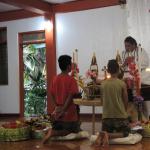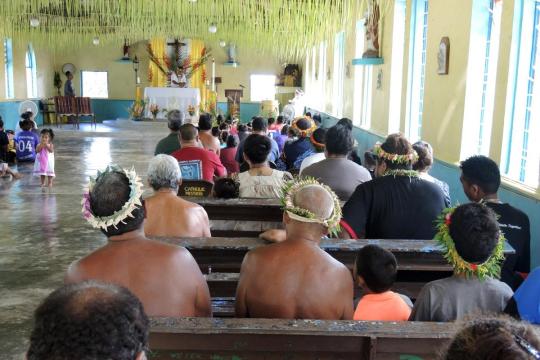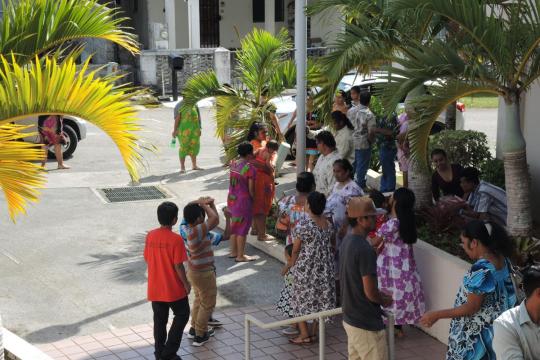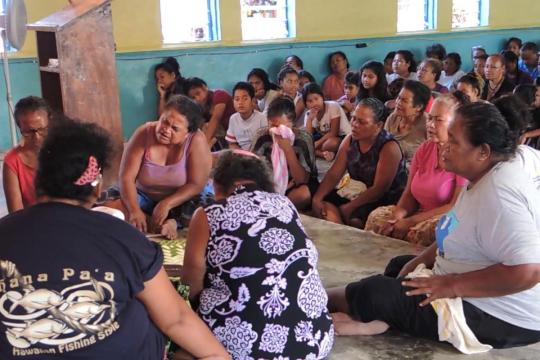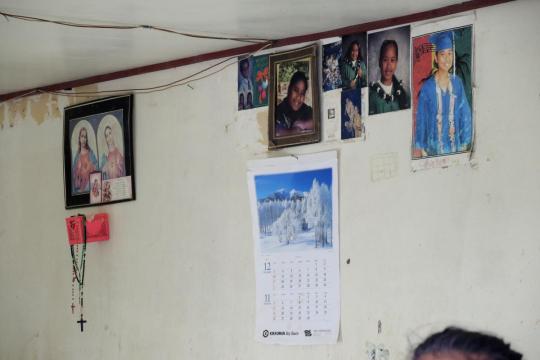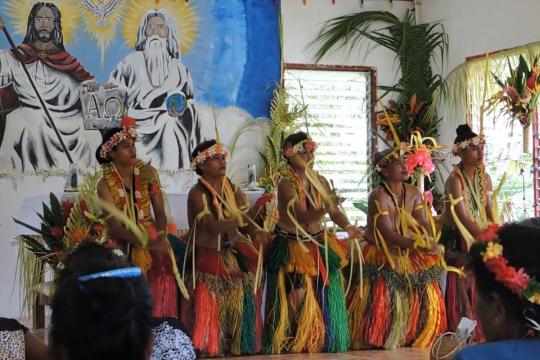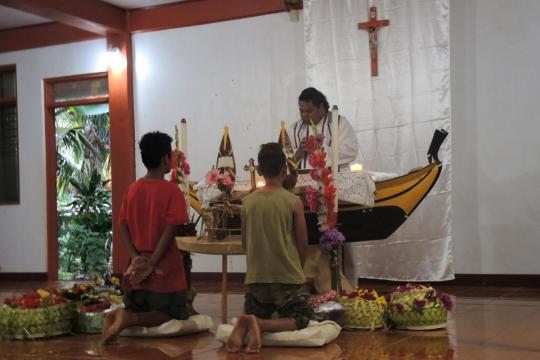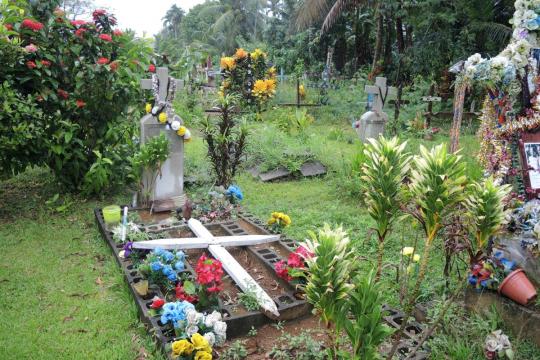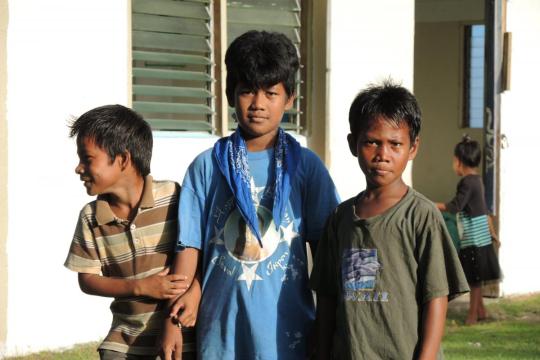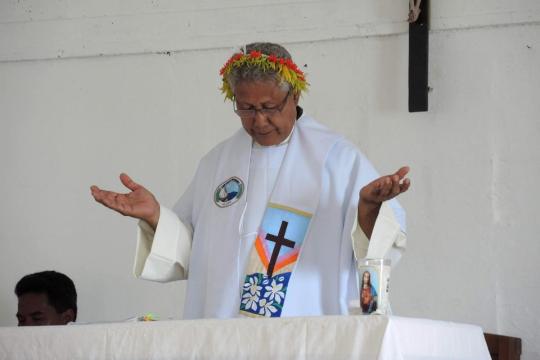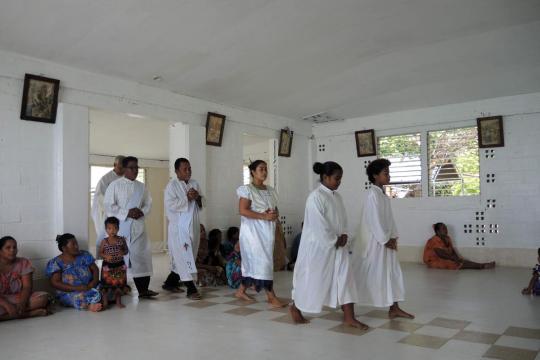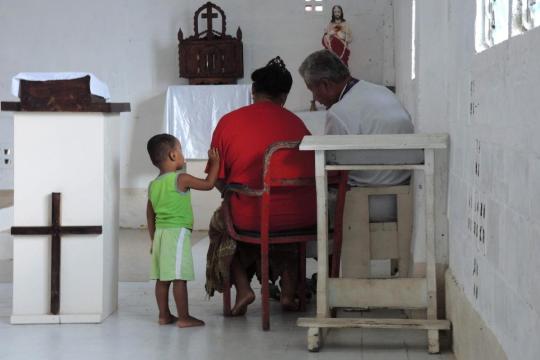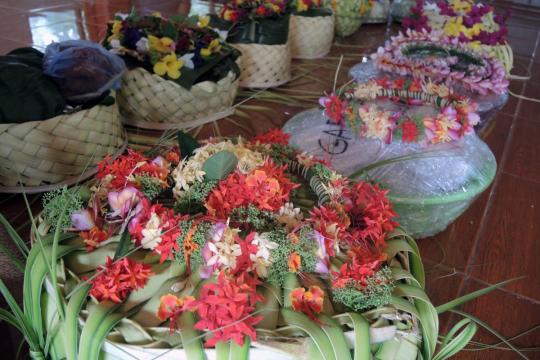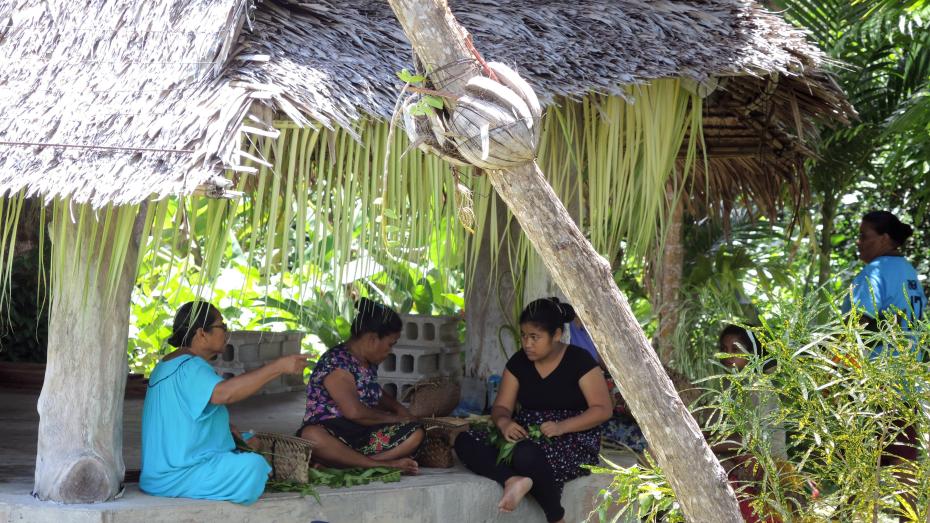
The Federated States of Micronesia, which stretches across a 2,700 km (1,677 mi) arc of the western Pacific, comprises 600 islands grouped into four states: Kosrae, Pohnpei, Chuuk and Yap. Each of these states has its own distinct language, and some have more than one language, and multiple dialects.
The islands share important cultural traits, but there are also many distinctive traits at the local level. Micronesian Catholic life is also particularly interesting for the ways that local cultures inflect “ordinary” Catholic life. In cultures where deference shapes almost every interaction, Catholicism interacts in notable ways with traditional themes of respect, humility and reconciliation.
The small, scattered population of just over 50,000 Catholics and its remote location might seem to make Micronesia a relatively minor story in regards to Catholicism and culture, but the accounts here from Chuuk and Yap offer unusual models, quite distinct from American, French, Spanish, Asian or any other cultural templates, of Catholic life and practice.
Francis X. Hezel, S.J., author of many books on Micronesia, sums up some of the variety, and signals why it can be so intriguing when we think about religious expression: “Yapese express themselves through dance, Chuukese through song, and Pohnpeians through drama and reenactment.”
National Demographics
- 1 United Nations, Department of Economic and Social Affairs, Population Division, World Urbanization Prospects: The 2018 Revision, Online Edition (New York: United Nations, 2018).
- 2 United Nations, Department of Economic and Social Affairs, Population Division, International Migrant Stock 2020 (New York: United Nations, 2020).
- 3 Data as of 2021. United Nations Office on Drugs and Crime, "Intentional Homicide," United Nations, Accessed April 9, 2024; United Nations Office on Drugs and Crime, Global Study on Homicide 2023 (Vienna: United Nations, 2023).
- 4 "2023 Corruption Perceptions Index," Transparency International, Accessed April 9, 2024.
- 5 United Nations Children's Fund, The State of the World's Children 2023 (Florence: UNICEF Innocenti – Global Office of Research and Foresight, 2023).
- 6 International Telecommunication Union, "Individuals using the Internet (% of population)," The World Bank, Accessed April 24, 2024.
- 7 Poverty and Inequality Platform, "Poverty headcount ratio at $2.15 a day (2017 PPP) (% of population)," The World Bank, Accessed April 24, 2024.
- 8 World Economic Forum, Global Gender Gap Report 2023 (Geneva: World Economic Forum, 2023).
- 9 As Pew describes it, "Government restrictions on religion include laws, policies and actions that regulate and limit religious beliefs and practices. They also include policies that single out certain religious groups or ban certain practices; the granting of benefits to some religious groups but not others; and bureaucratic rules that require religious groups to register to receive benefits." As noted on pp. 45-47 of the report, the index summarizes data from 19 sources. The index does not differentiate whether the laws are directed toward Catholics. Pew Research Center, Globally, Government Restrictions on Religion Reached Peak Levels in 2021, While Social Hostilities Went Down (Pew Research Center, 2024).
- 10 As Pew describes it, "Social hostilities include actions by private individuals or groups that target religious groups; they also include actions by groups or individuals who use religion to restrict others. The SHI captures events such as religion-related harassment, mob violence, terrorism/militant activity, and hostilities over religious conversions or the wearing of religious symbols and clothing." As noted on pp. 45-47 of the report, the index summarizes data from 19 sources. The index does not differentiate whether the hostilities are directed toward Catholics. Pew Research Center, Globally, Government Restrictions on Religion Reached Peak Levels in 2021, While Social Hostilities Went Down (Pew Research Center, 2024).
Catholic Demographics
These statistics are derived from the Vatican's official publication, Statistical Yearbook of the Church 2022 (Vatican City: Librera Editrice Vaticana, 2024). The numbers may differ from data reported by other sources on this site.

